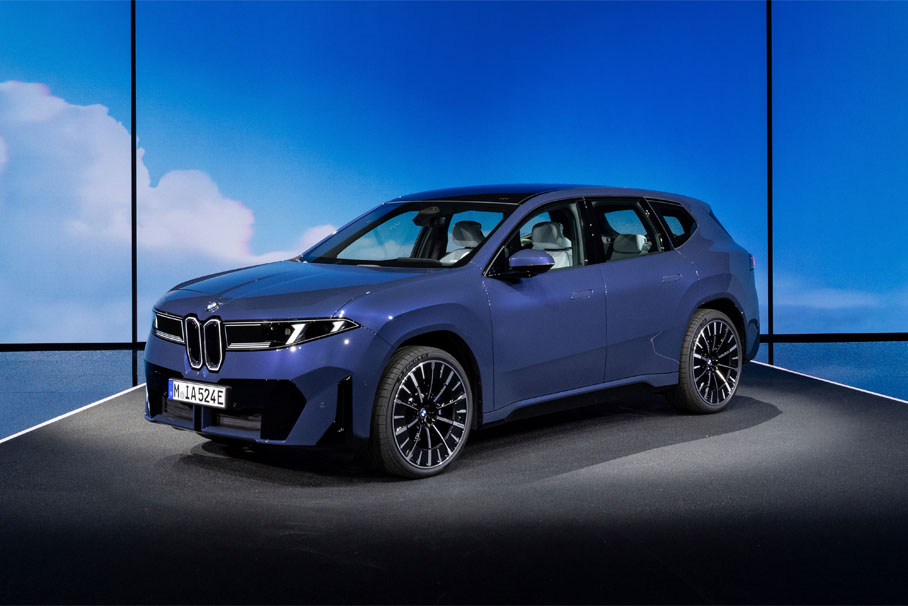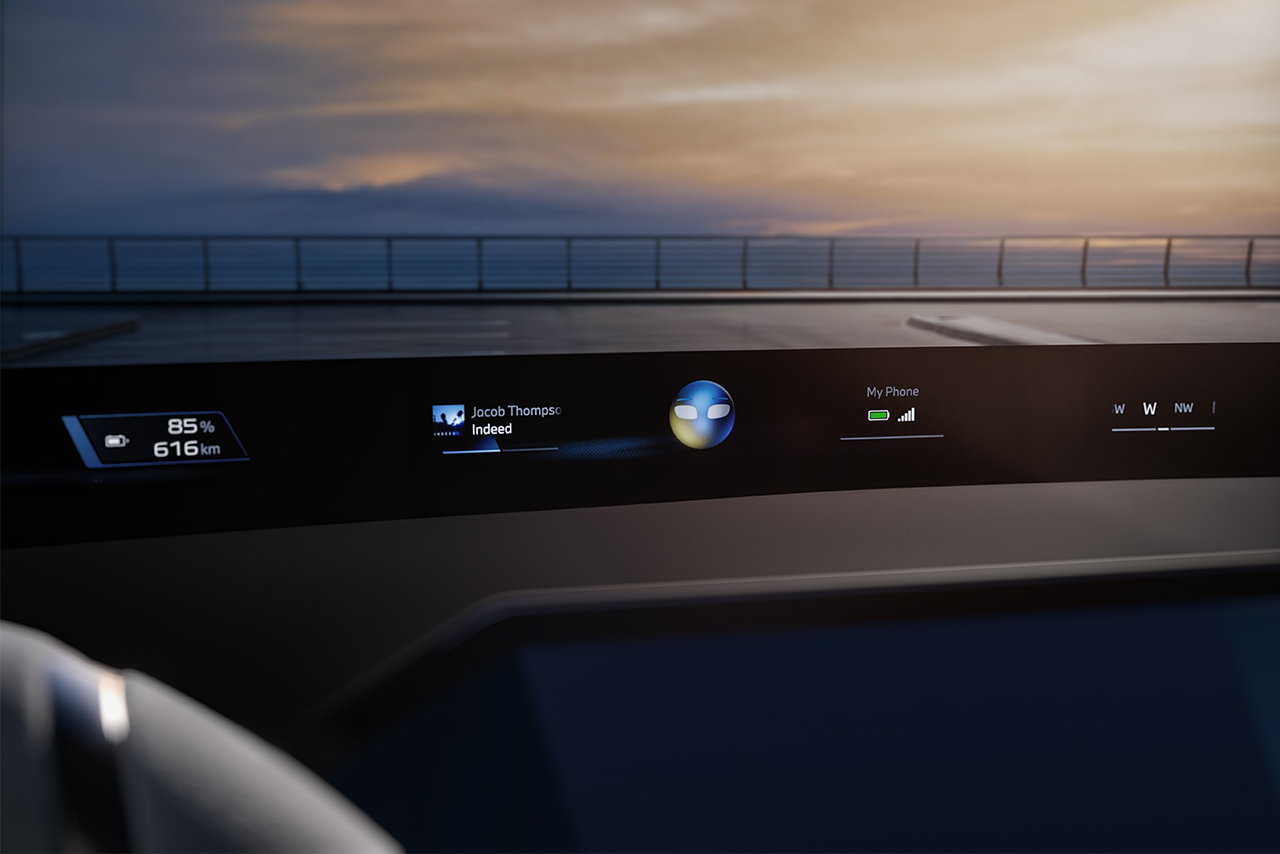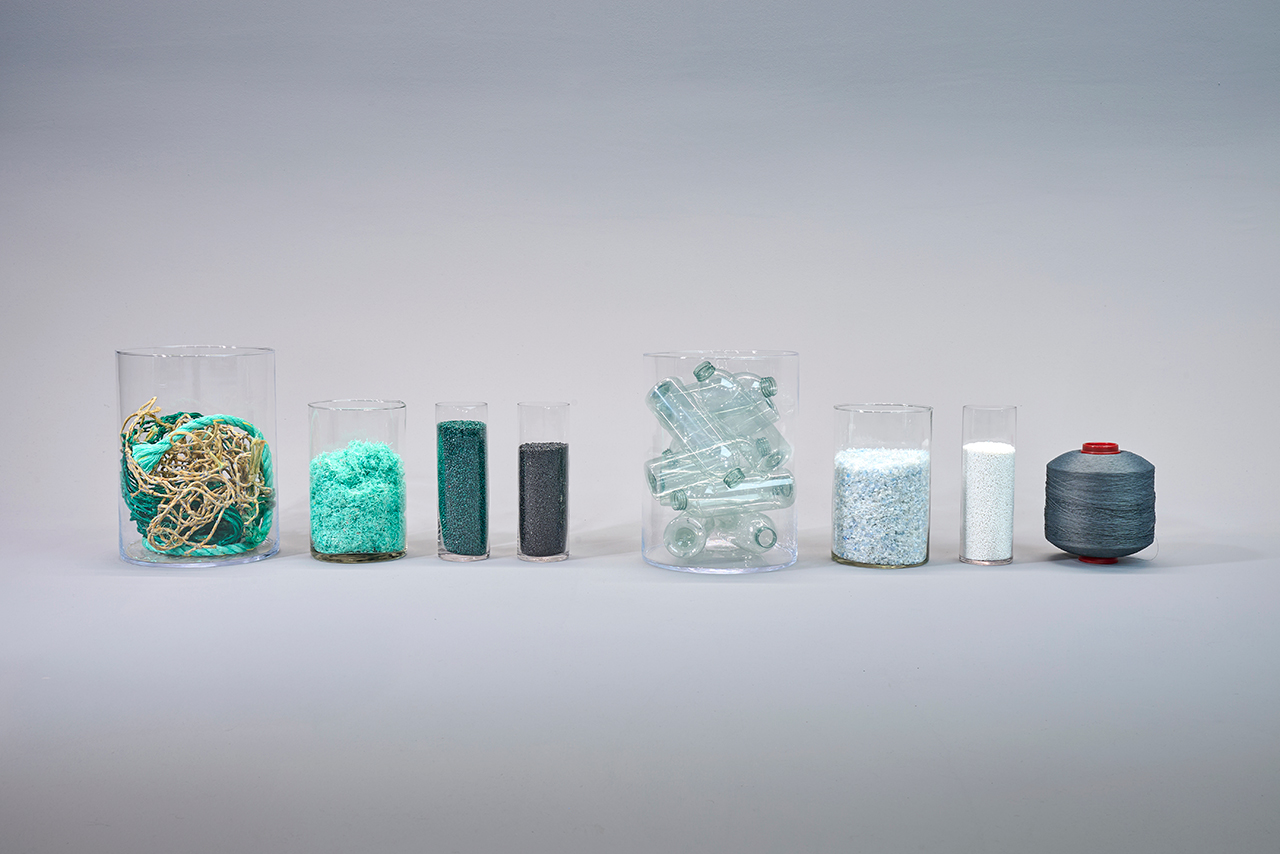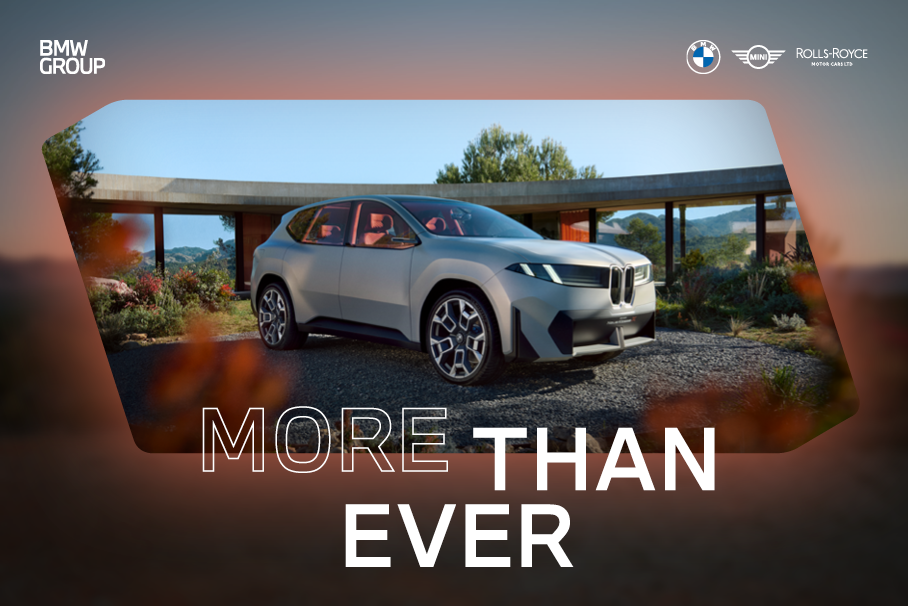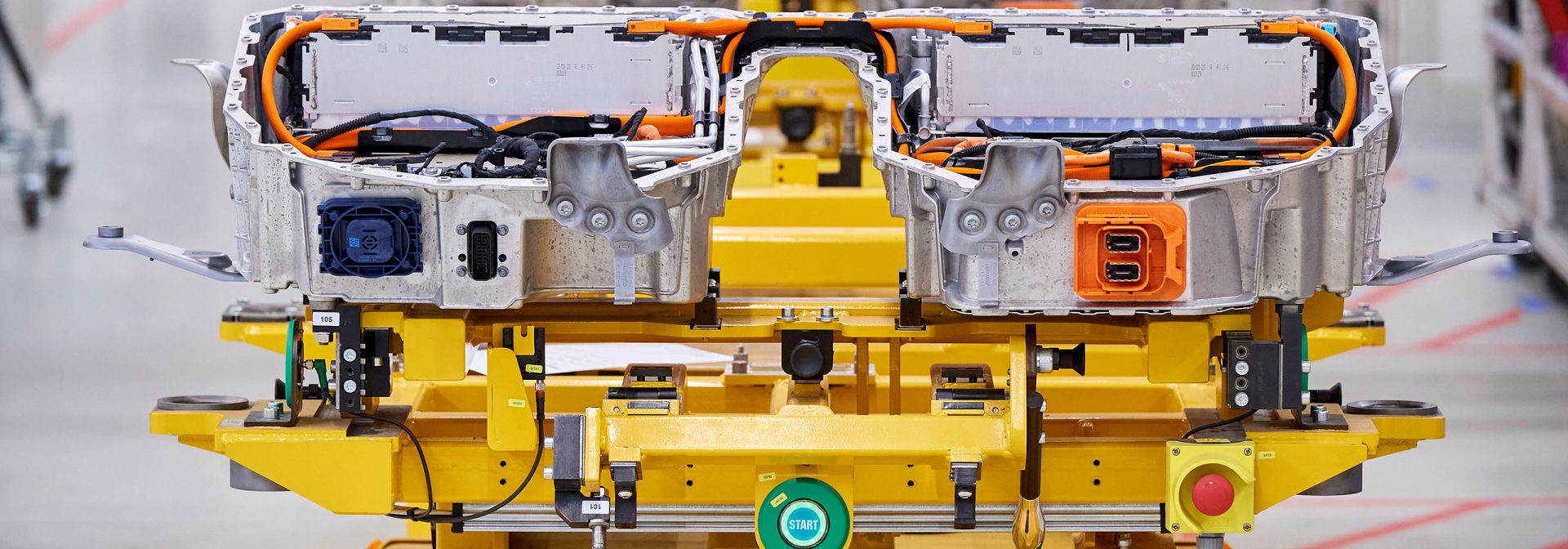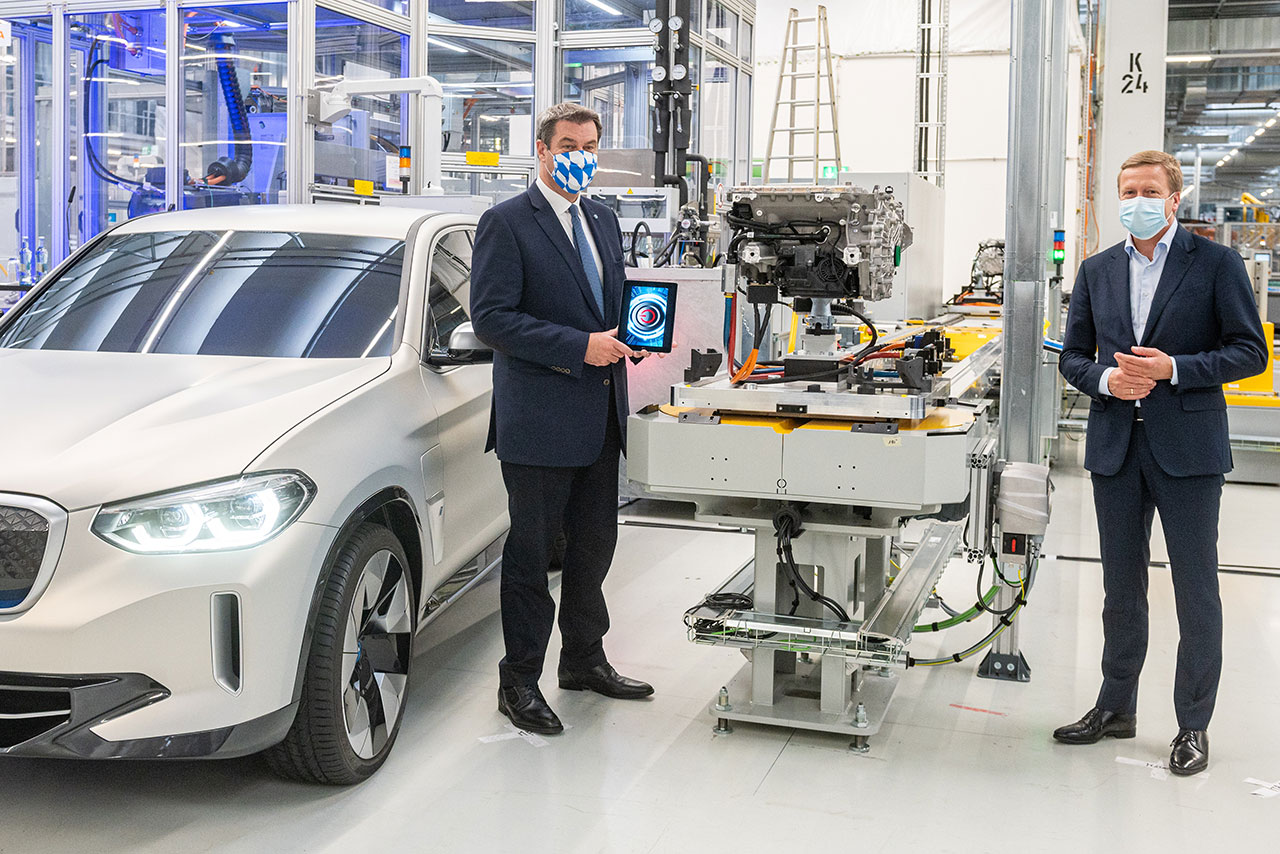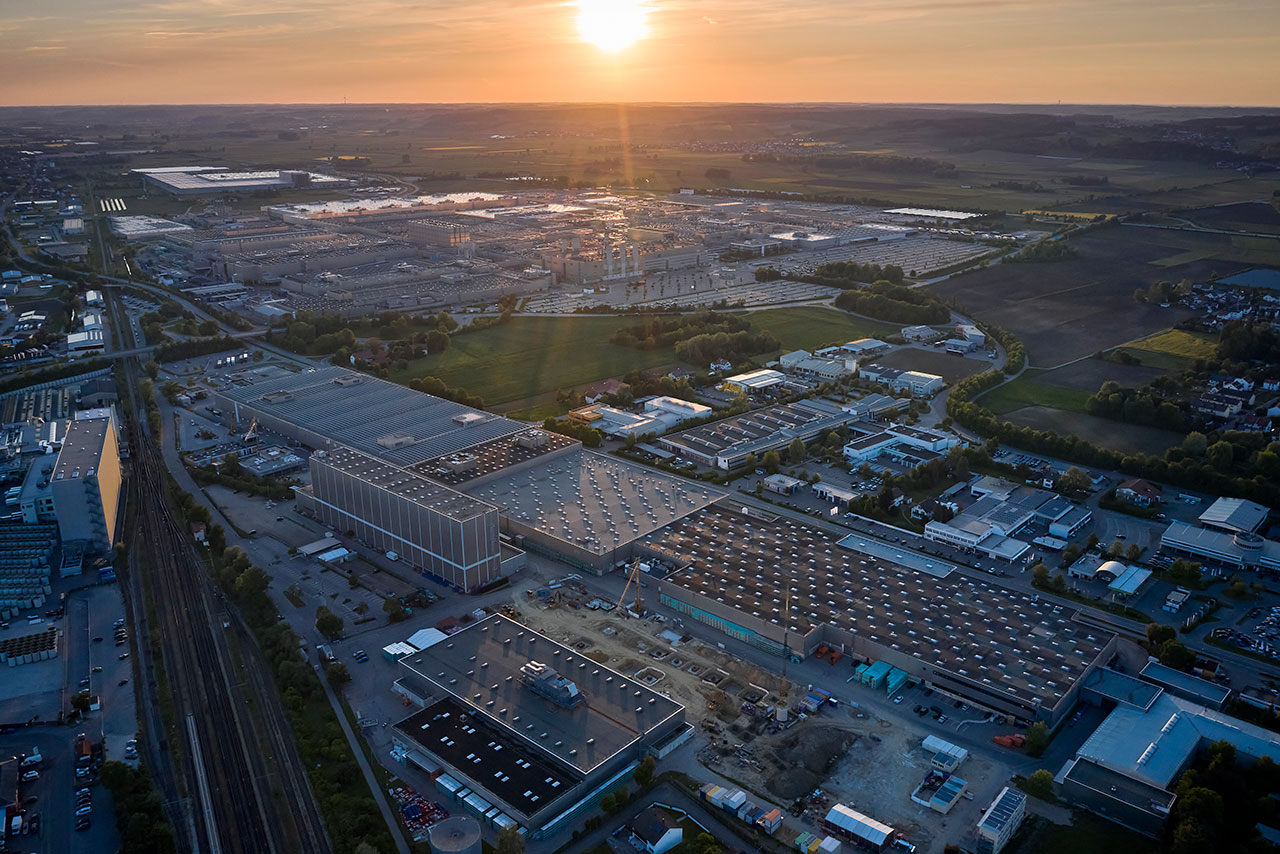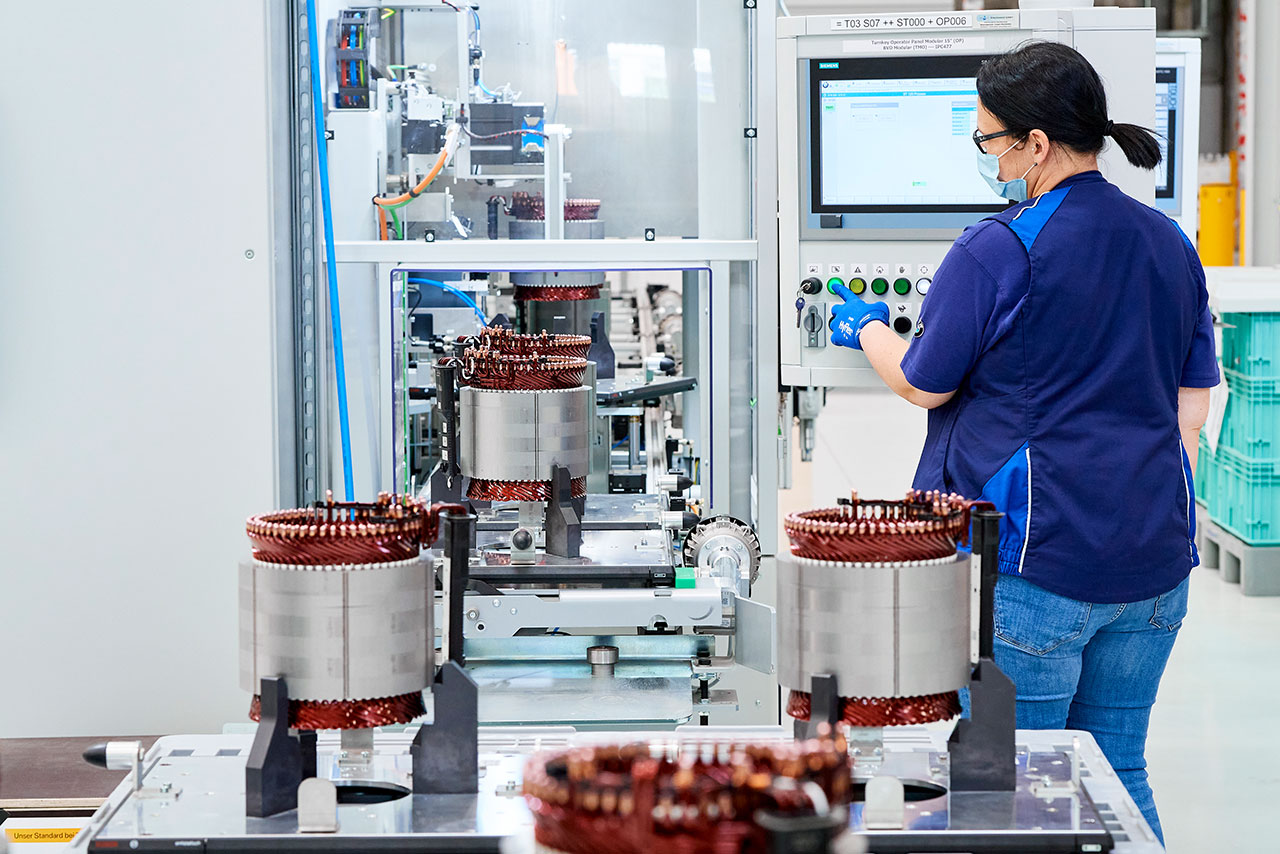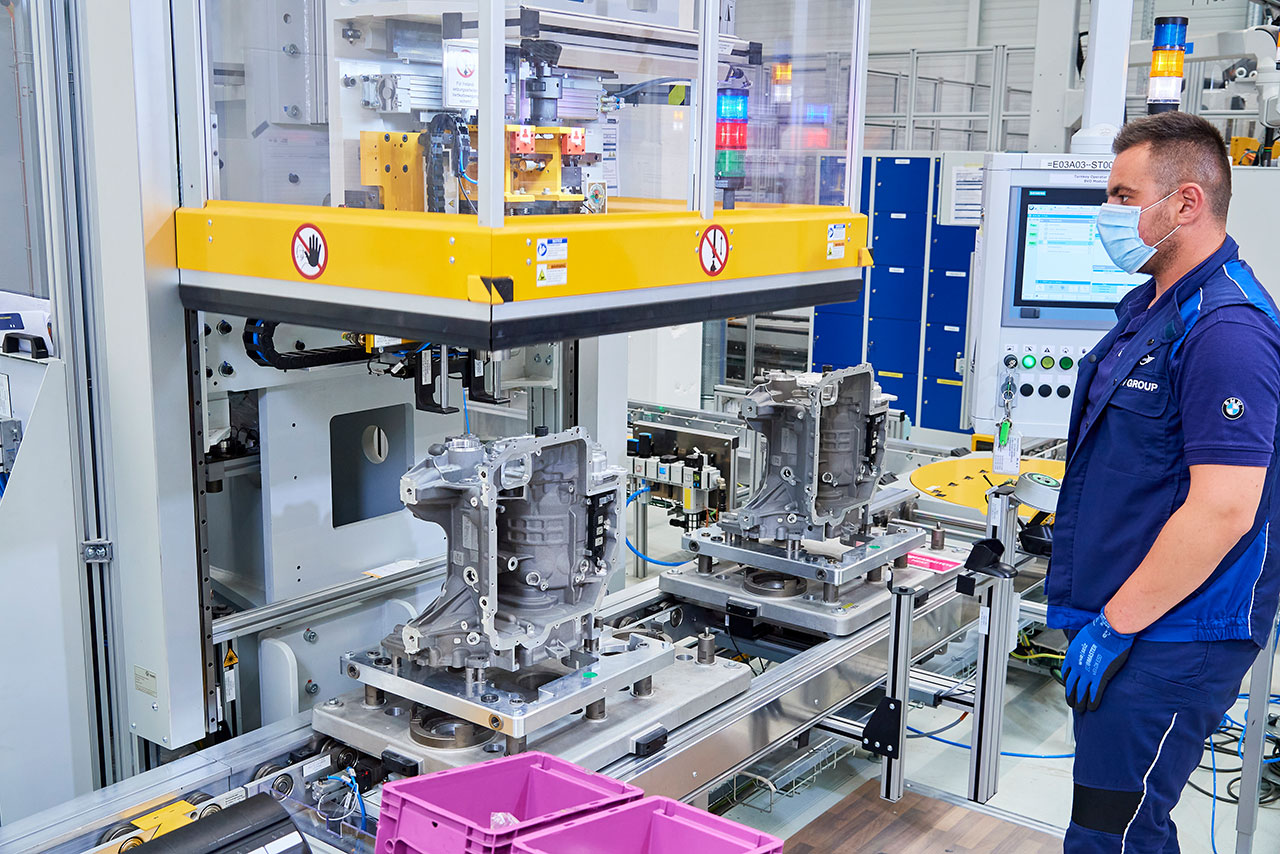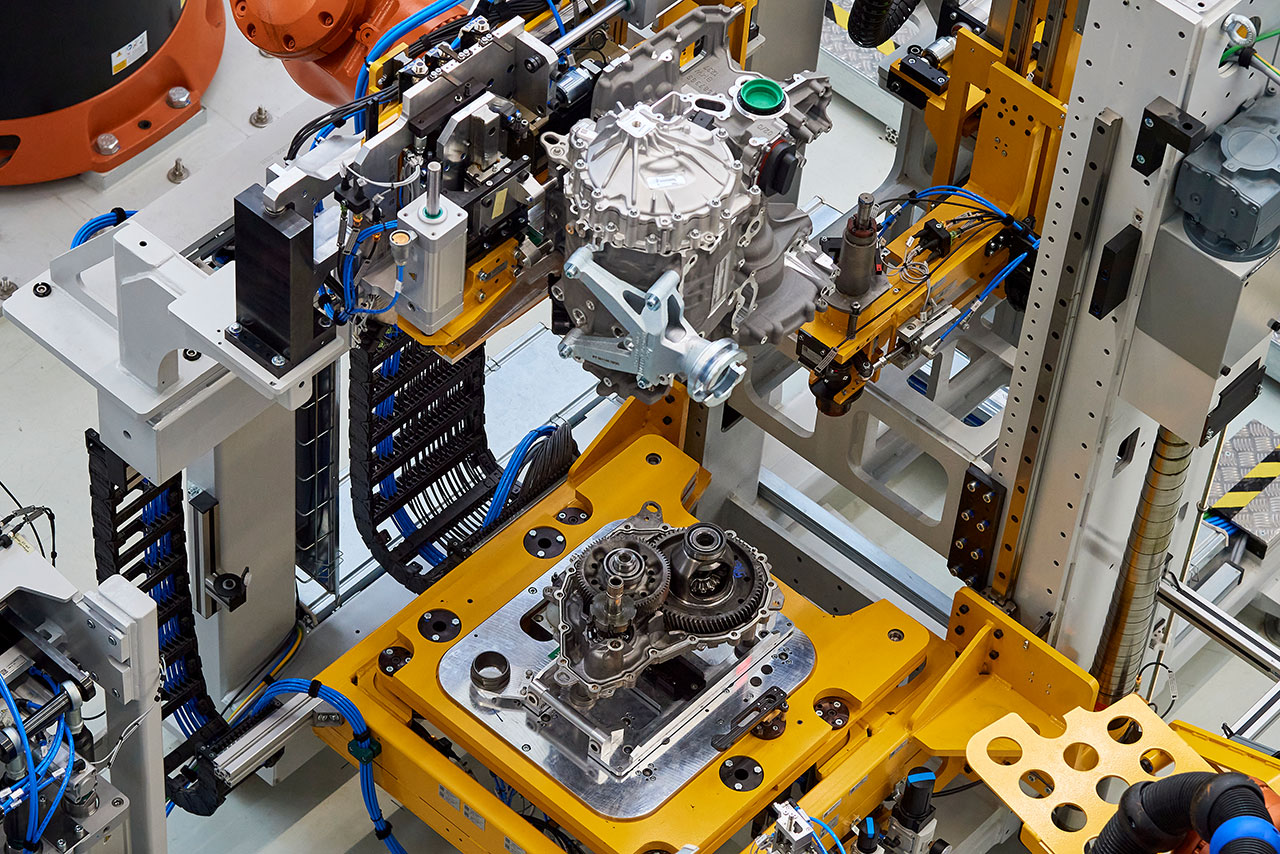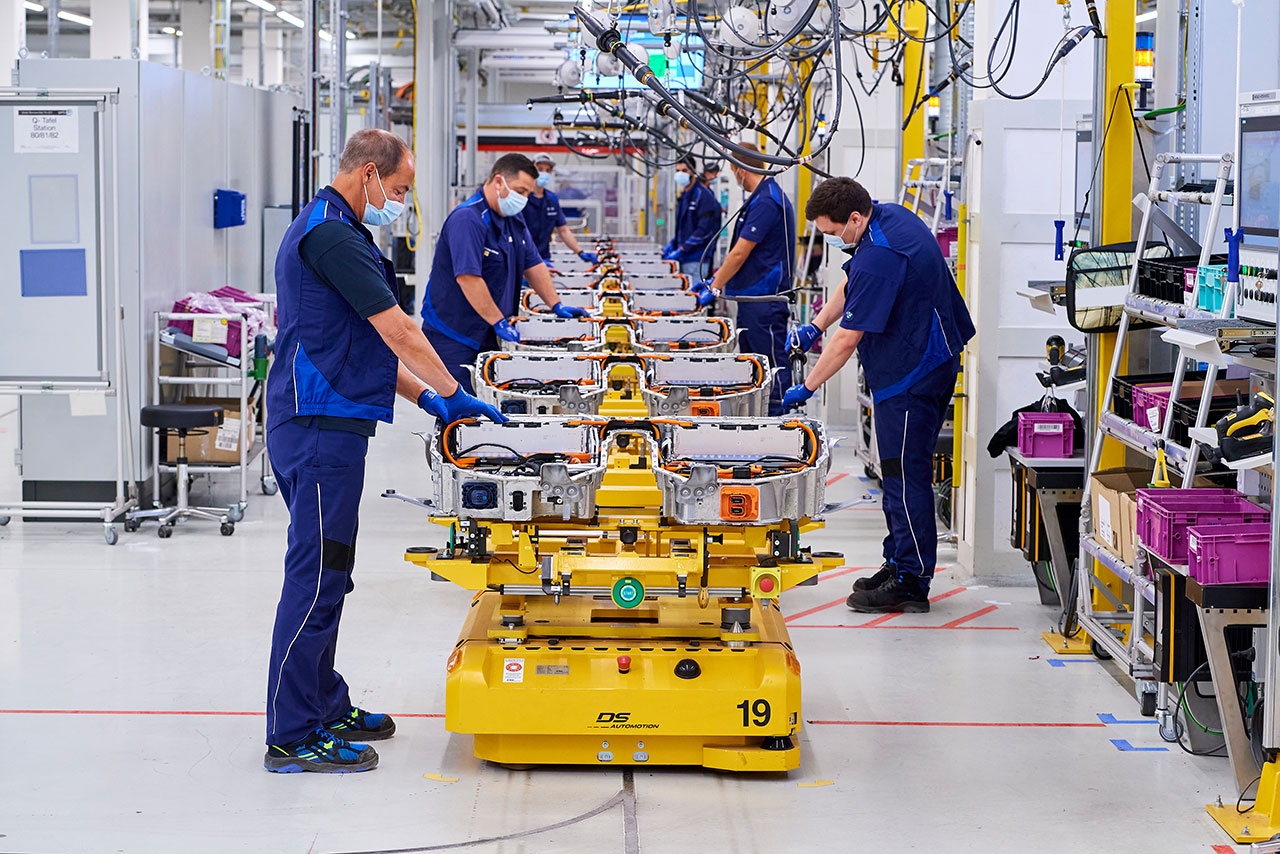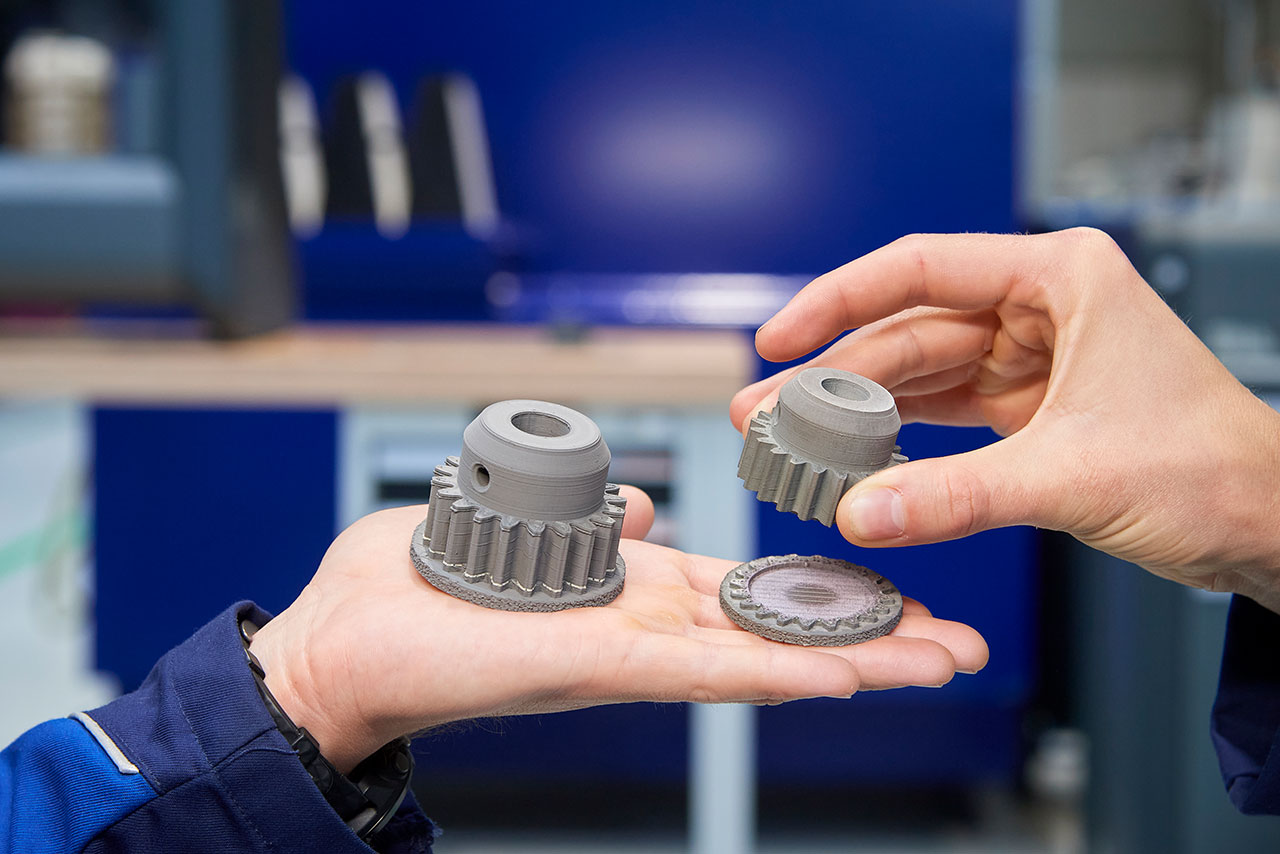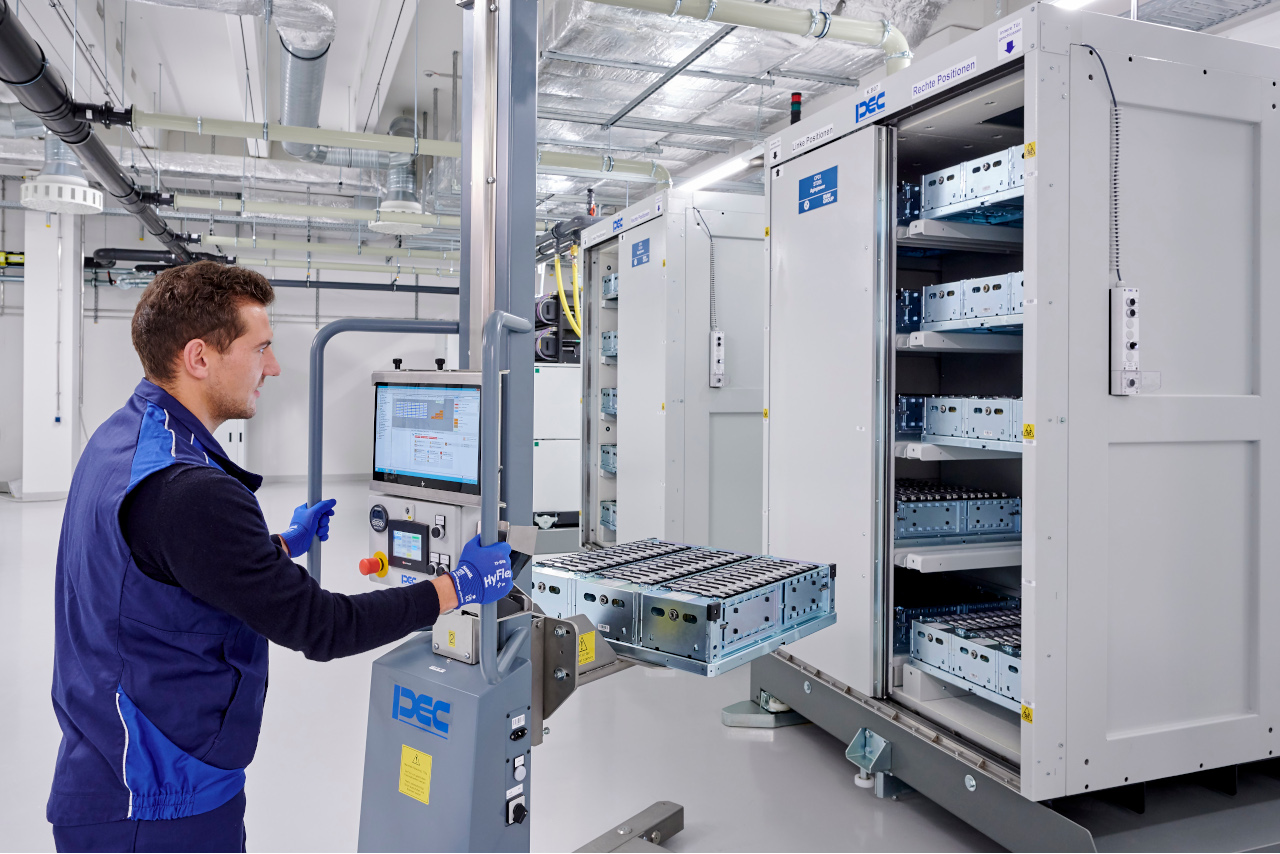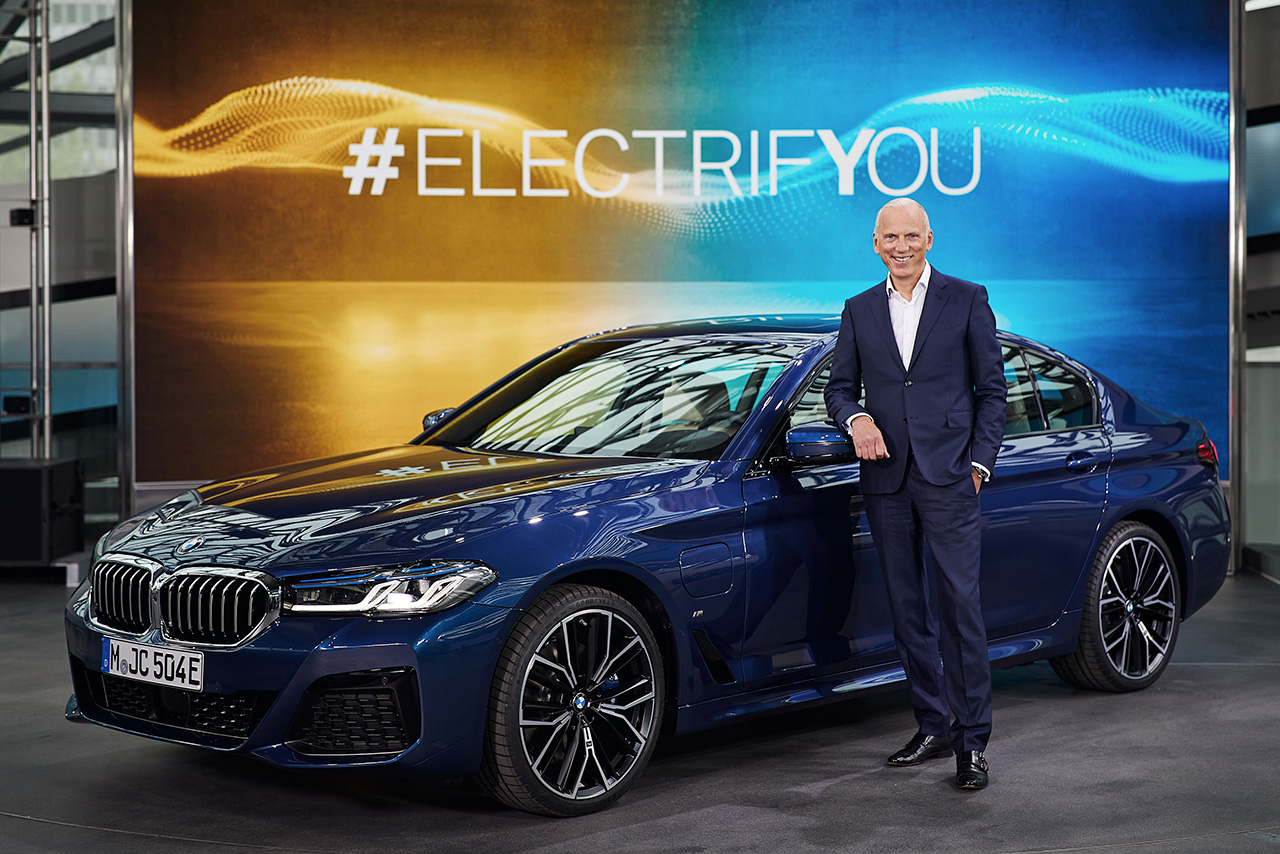The BMW Group has been making e-drives in Dingolfing since 2013. Now, production of the fifth generation begins. The company is massively increasing capacity and opening a separate Competence Centre for E-Drive Production. Up to 2,000 employees will build BMW e-drives here for as many as 500,000 vehicles per year.
The BMW Group has opened the Competence Centre for E-Drive Production at its largest European manufacturing location in Dingolfing. In this way, the company is stepping up its e-mobility ramp-up and setting new standards for the transformation of the industry with its production. Electric powertrain components have been produced in Dingolfing since 2013 and the BMW Group is now significantly expanding its capacity.








